© Copyright 2023 LEADSIGN - All Rights Reserved
Introduction
Mini FAKRA cable is a revolutionary coaxial cable connector that has been designed specifically for use in automotive and other harsh environments. It is a compact and reliable connector that has become increasingly popular due to its small size, easy installation, and robust design. Developed to meet the growing demand for smaller and more reliable connectors for automotive applications, Mini FAKRA cable has quickly become the go-to choice for engineers looking to improve the reliability of their automotive systems.
The Mini FAKRA cable connector is unique in that it is designed to be compact yet robust enough to withstand the harsh conditions of an automotive environment. Its small size makes it easy to install in tight spaces, while its robust design ensures that it can withstand high levels of vibration without degrading performance. This makes it ideal for use in a wide range of applications including infotainment systems, GPS receivers, telematics, and rearview cameras.
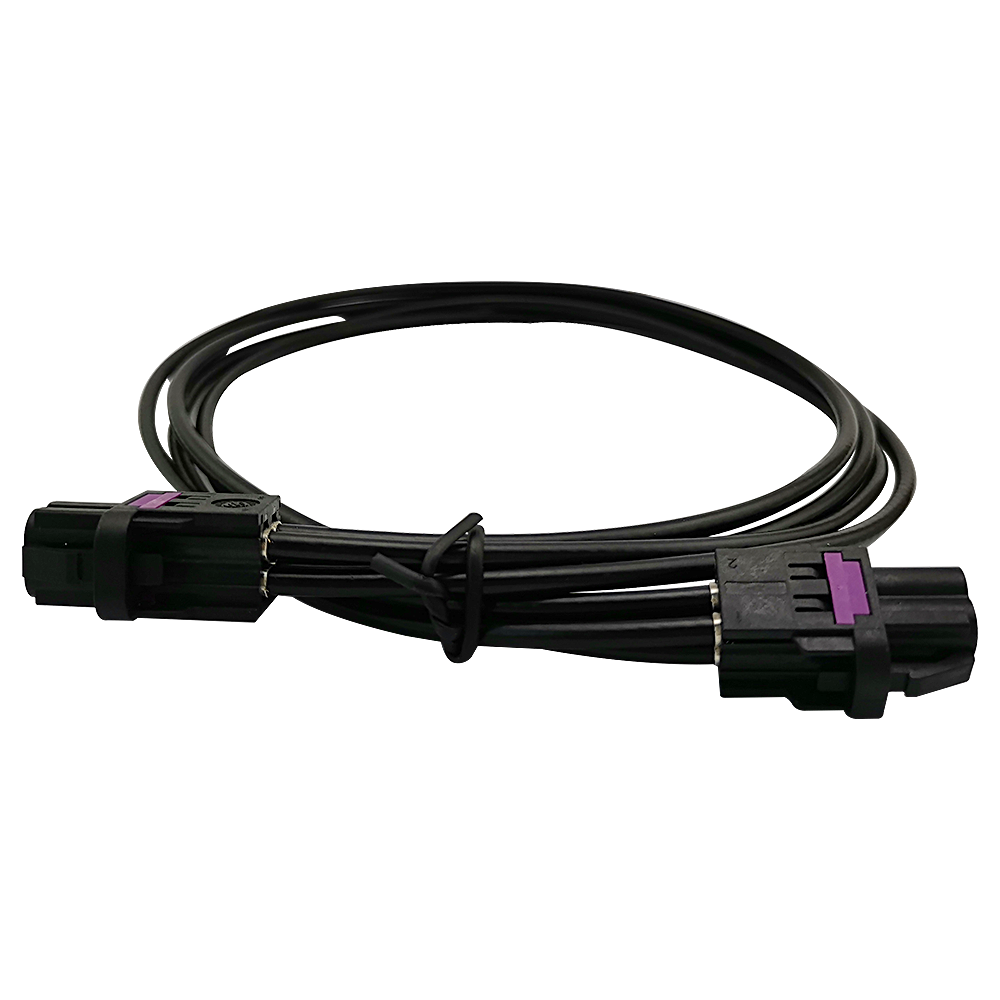
Key Features
Mini FAKRA cable is a versatile, high-performance coaxial cable connector designed specifically for automotive and other harsh environments. One of the most notable features of this cable is its small size, which makes it an ideal choice for compact applications where space is limited. Despite its diminutive dimensions, Mini FAKRA cable offers robust performance and durability, thanks to its rugged design and high vibration resistance.
In addition to its small size and robust construction, Mini FAKRA cable is also incredibly easy to install. This feature can be particularly valuable in automotive applications where time is of the essence and every minute counts. With Mini FAKRA cable, installation is quick and hassle-free, allowing technicians to get vehicles back on the road as quickly as possible.
Another key feature of Mini FAKRA cable is its high vibration resistance. This property makes it an ideal choice for use in automotive applications where vibrations can be severe and potentially damaging to sensitive electronic components. By using Mini FAKRA cable in these situations, engineers can ensure that their systems will remain reliable even under the most challenging conditions.
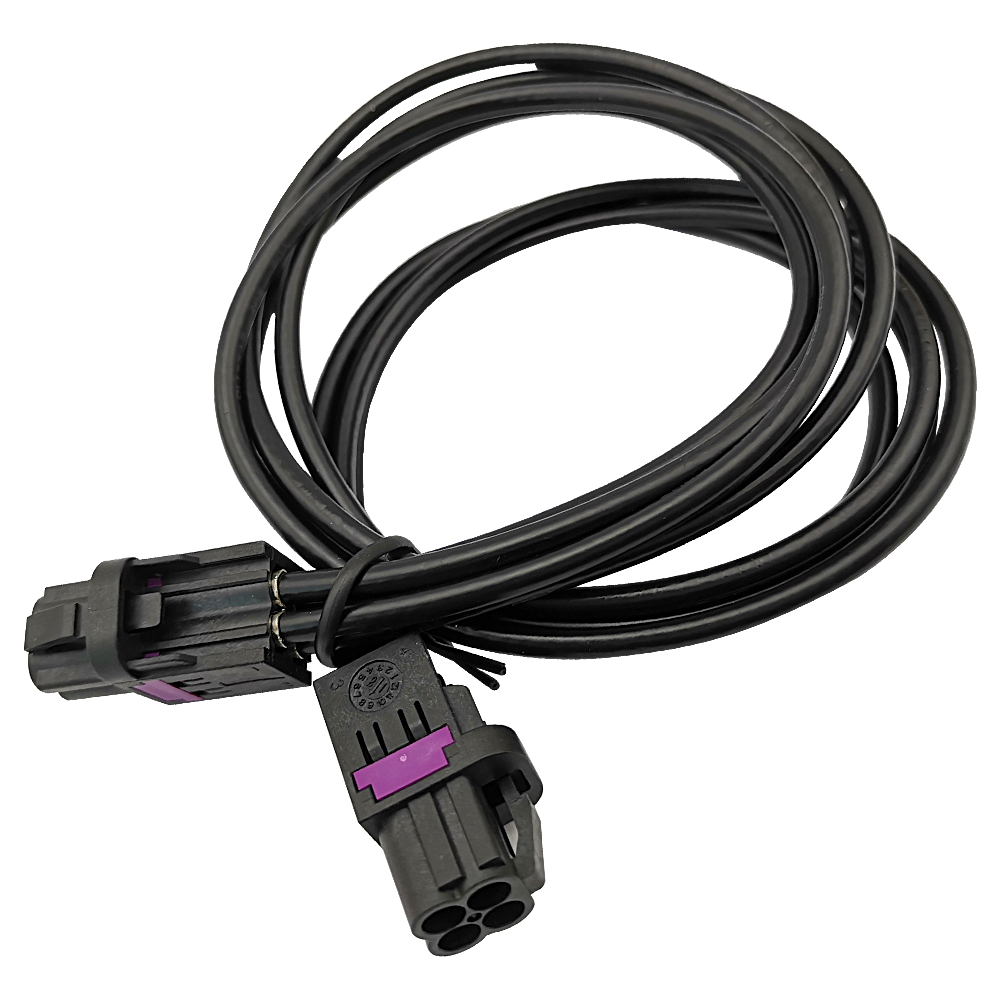
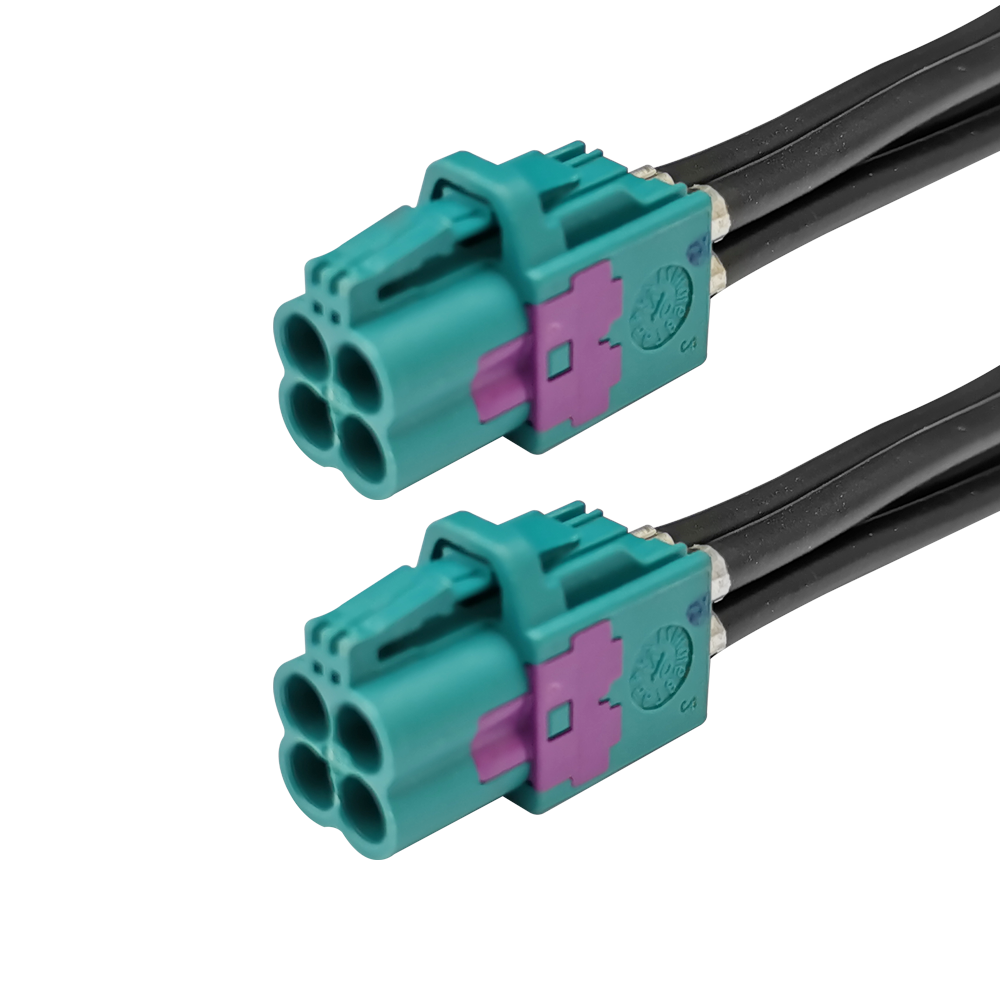
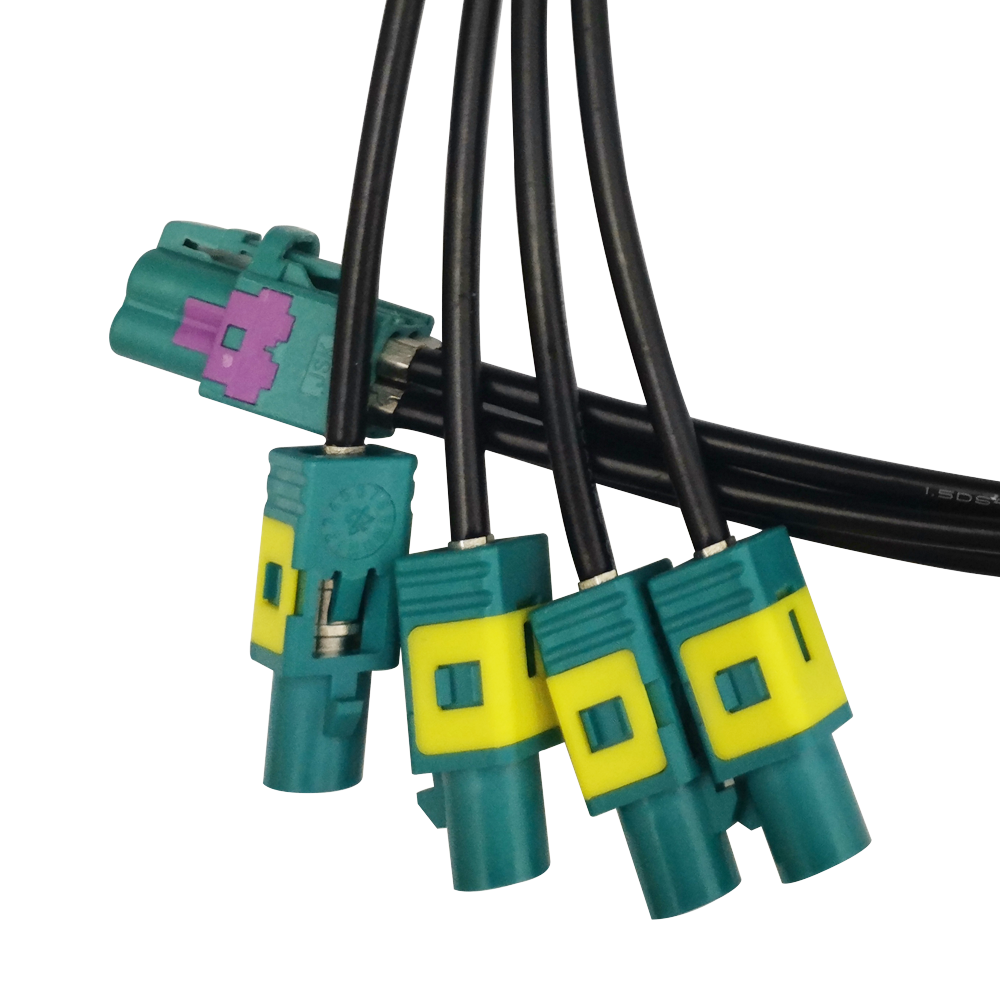
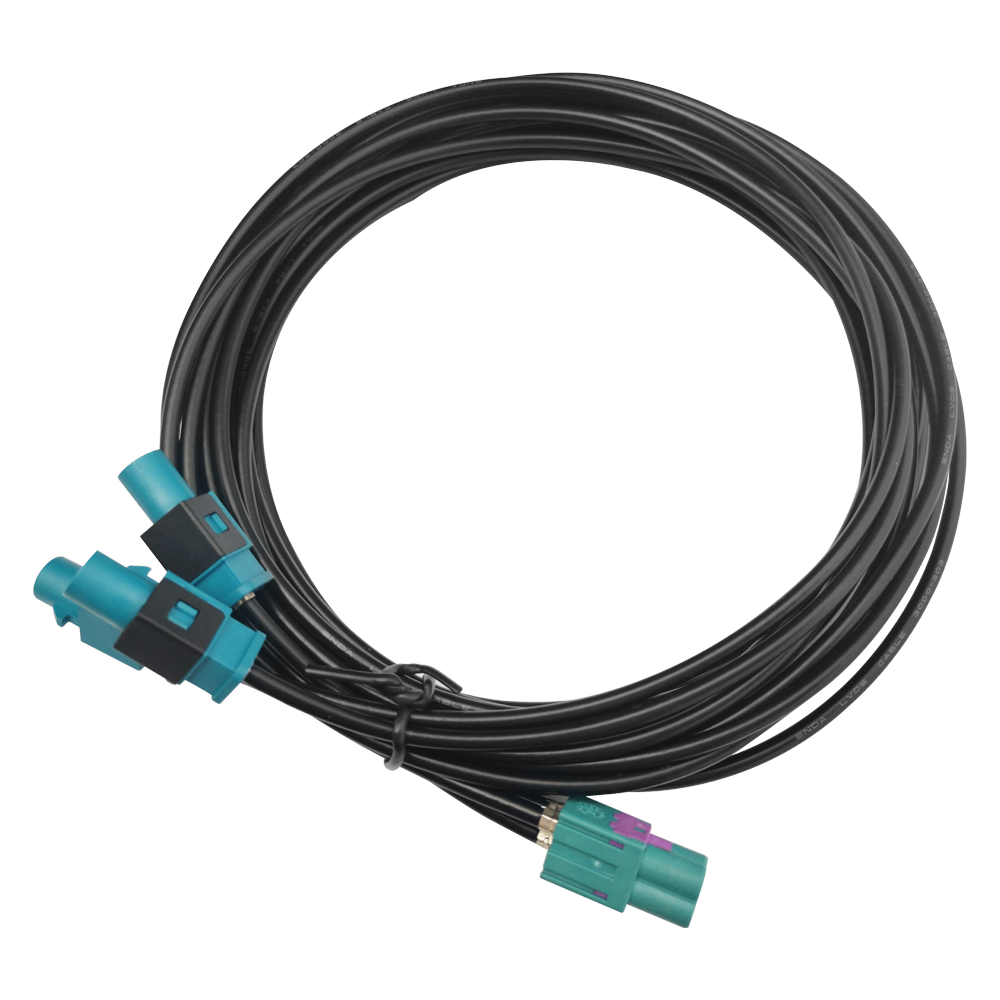
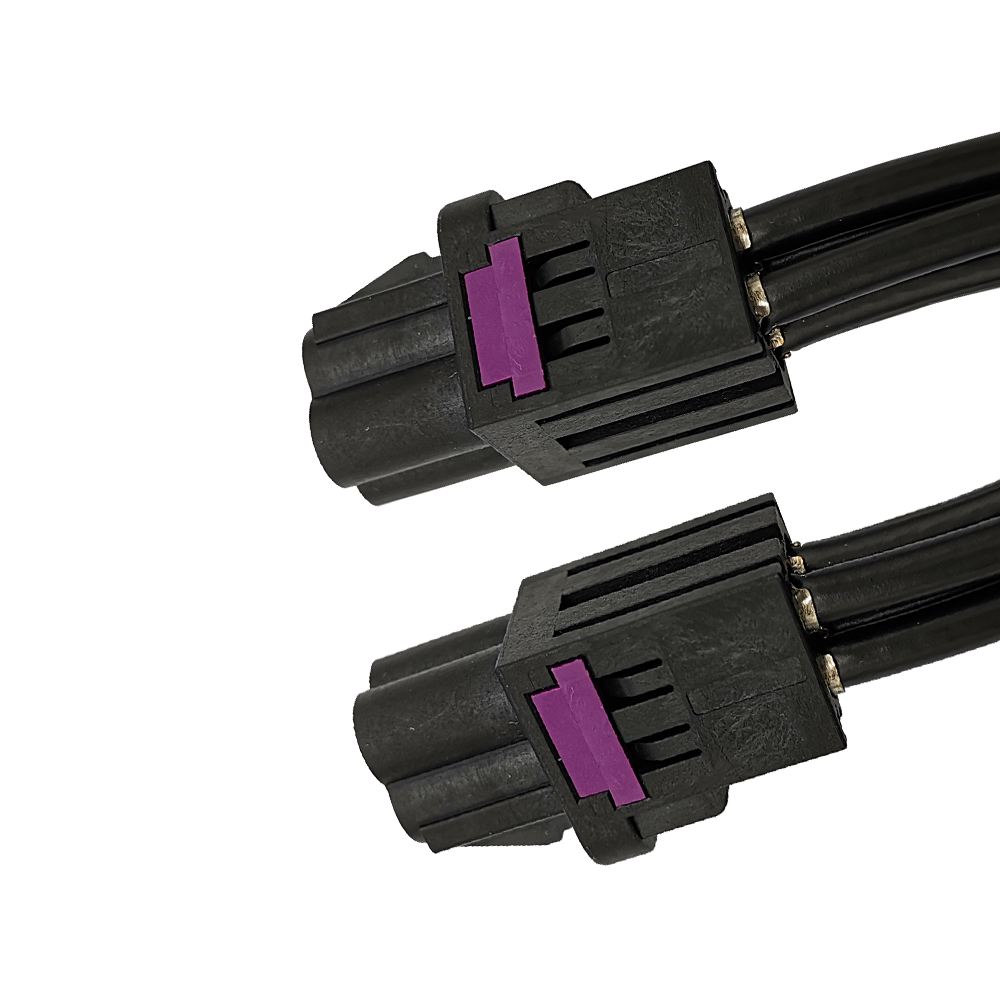
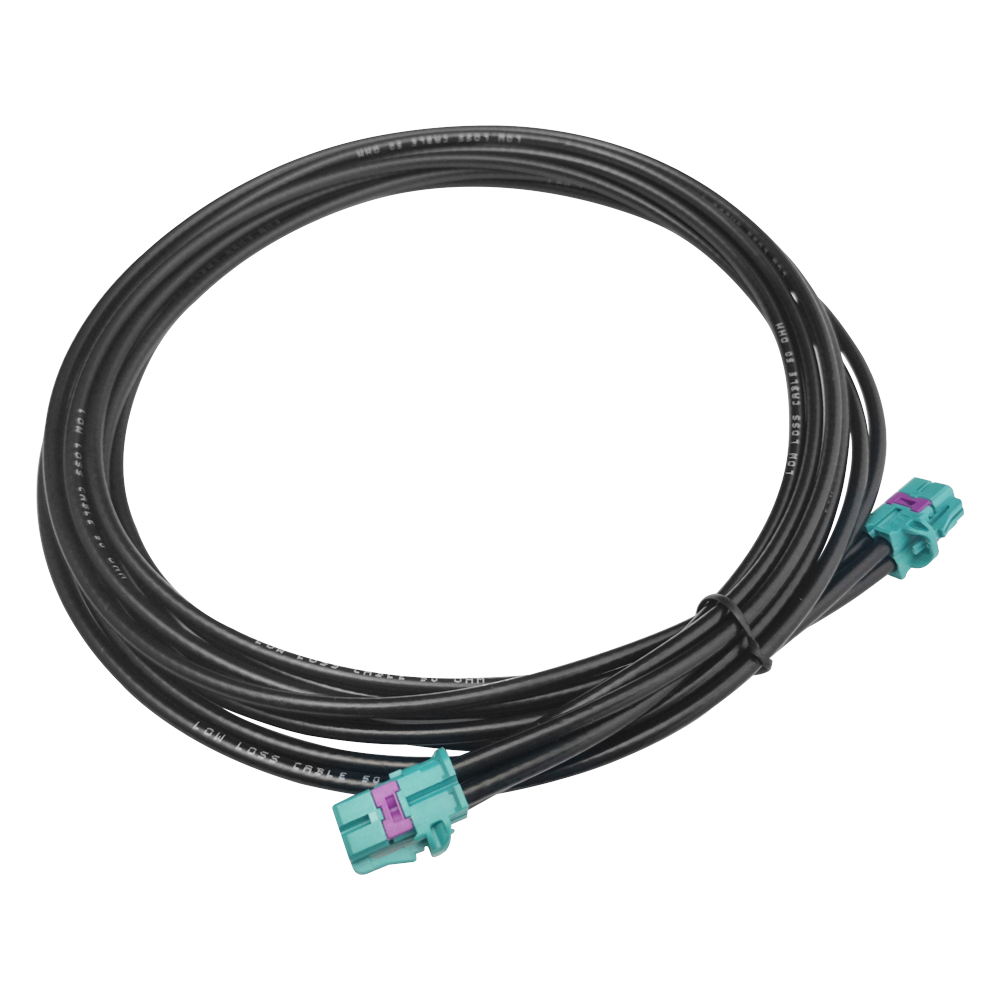
Applications
Mini FAKRA cable has found a wide range of applications in the automotive industry due to its small size, easy installation, and robust design. One of the most common uses for Mini FAKRA cable is in automotive infotainment systems. These systems require high-quality audio and video signals, which Mini FAKRA cable can deliver with ease. The compact size of the connector also makes it ideal for use in GPS receivers, where space is often at a premium.
Telematics is another area where Mini FAKRA cable is becoming increasingly popular. Telematics involves the use of wireless communication technologies to transmit data from vehicles to remote locations. This data can include information about vehicle performance, driver behavior, and even traffic conditions. Mini FAKRA cable provides a reliable connection between the telematics system and the vehicle's onboard sensors.
Finally, Mini FAKRA cable is commonly used in rearview cameras. These cameras are mounted on the back of a vehicle and provide drivers with a clear view of what's behind them when reversing or parking. The small size of Mini FAKRA cable connectors means that they can easily be integrated into these camera systems without taking up too much space.
Future Trends
As the automotive industry continues to evolve, the use of Mini FAKRA cable is expected to increase in autonomous vehicles. Its small size and high vibration resistance make it an ideal choice for this application. Additionally, Mini FAKRA cable's expanding use in other harsh environments shows its potential for growth beyond just automotive applications. With its easy-to-install design and reliability, Mini FAKRA cable is poised to become a staple in the future of automotive technology.
